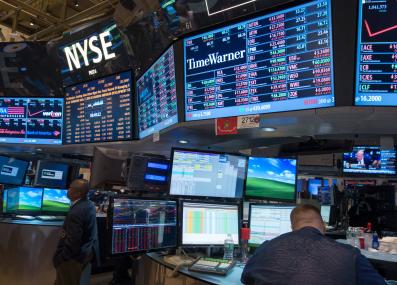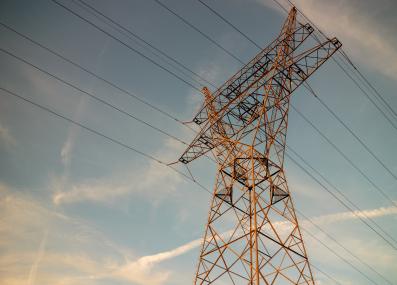Have a question?
With low-carbon technologies improving so fast, does it sometimes make sense to wait to invest in new infrastructure?
It can make sense to wait for low-carbon technology to improve in efficiency and cost, but to slow climate change we must balance what makes economic sense with what reduces emissions the fastest.
April 28, 2021
If you’re worried about your personal carbon footprint, you might choose to replace your lightbulbs with energy-efficient LEDs, even though your incandescent lights are still in good shape. But if you run an electric utility, the decision to close your coal-fired power plant early and switch to solar is much more complicated. Solar farms, wind farms, and energy storage are getting cheaper every year—so should you invest now or wait until the costs drop even more?
"There is a degree of risk in investing in new technologies that are evolving quickly," says Robert Stoner, the deputy director for science and technology at the MIT Energy Initiative. "The risk that you're in is that your investment will lock you into a cost point that will make you look foolish in a couple of years."
Utilities almost always fund large infrastructure projects with loans that are paid back over time. This means even as a technology improves and becomes less expensive, the investor will still be paying yesterday’s prices. Utilities are also usually subject to regulations that limit what they can charge customers for electricity. This makes it riskier to take a chance on a new technology that will reduce a utility’s carbon footprint, because higher costs of making electricity can’t be fully passed on to customers.
Utilities also run the risk of choosing technology that is quickly replaced by better, cheaper alternatives. (This is like if you invested in an electric car, only to see a cheap hydrogen-powered car come out a year later.) According to Stoner, this issue comes into play today for utilities that need to add capacity to their grid to meet a higher demand.
Imagine you’ve invested in a new solar farm, but on a cloudy day, your customers need extra electricity that your grid cannot generate. You can either bring in extra electricity from a faraway power plant using transmission lines, or you can build energy storage, like batteries, which charge up on electricity when demand is low to use when demand is high. Right now, new transmission lines are much cheaper to build than storage, but in the not-so-distant future that may change. Utilities building transmission now may wind up building cheap storage later, making their expensive transmission system obsolete.
Though utilities still make most decisions based on cost, continuing to emit large amounts of carbon dioxide presents serious risks for the planet. To head off the worst risks of climate change, scientists agree that the world needs to switch to low-carbon technology as soon as possible.
In order to lessen risk while still moving forward on climate change, Stoner recommends three strategies: investing in a portfolio of technologies, government incentives, and repurposing today’s infrastructure.
"It's very hard to know sometimes which way the risks will go," says Stoner. "So the proven course is to take a measured approach. To not go charging into one strategy versus another, but to pursue several strategies and develop a portfolio of risks and use technologies in different ways."
Governments can also play a big role in making it affordable for utilities to make the switch now.
"You have to go beyond the limits of the economically justified decommissioning rate," says Stoner. "That of course would be driven by a carbon tax or it could be driven by regulation. Whatever the case, they're forcing it beyond what the economics independent of those things would bear."
Stoner thinks we can also find low-carbon ways to reuse today’s infrastructure. This could include capturing carbon dioxide at plants that burn fossil fuels, or using alternative fuels, like hydrogen, in existing pipelines and power plants.
"What we need to find ways to do is to minimize the size of investment, because our capacity to borrow or print money is finite," said Stoner. "If the goal is to decarbonize quickly, we need to reuse as much infrastructure as we can."
Thank you to Jerry Gechter of Lincoln, Massachusetts, for the question. You can submit your own question to Ask MIT Climate here.
Submit your own question to Ask MIT Climate
Get the latest from Ask MIT Climate monthly in your inbox










